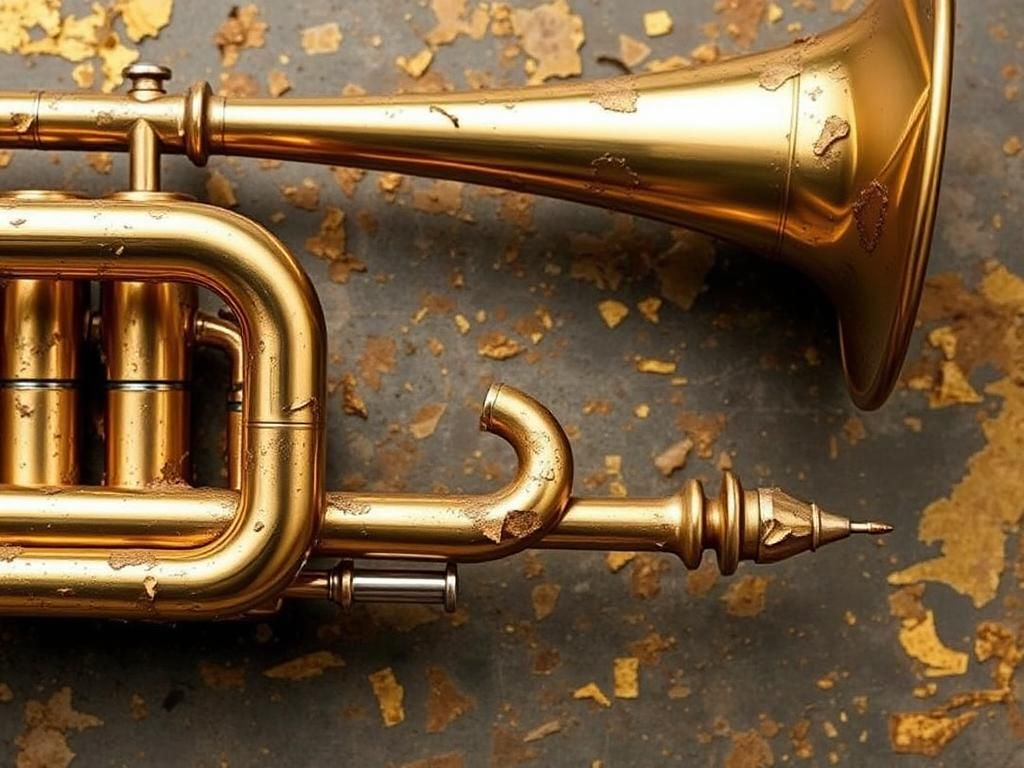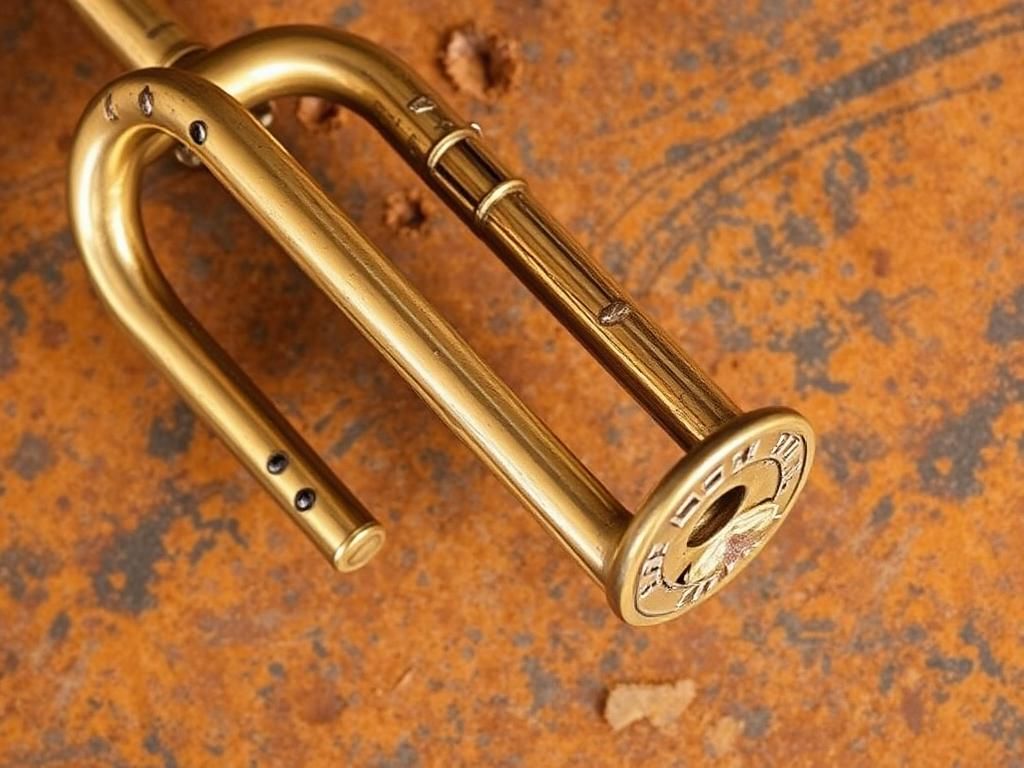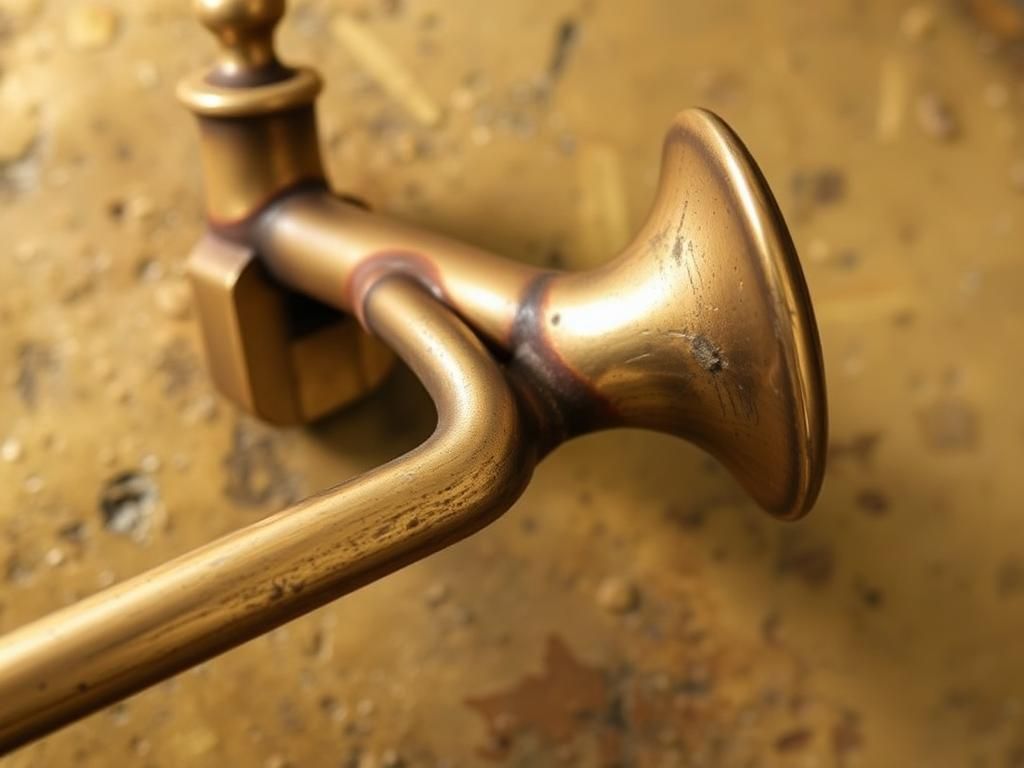Brass, a popular and versatile alloy composed of copper and zinc, boasts a rich history and enduring appeal in various applications, from decorative items to musical instruments. Many individuals often wonder, does brass tarnish? Understanding the tarnishing process is crucial for anyone looking to maintain the aesthetic and structural qualities of brass items. This article delves into the nature of brass, the phenomena of tarnishing, preventive measures for upkeep, and effective cleaning techniques.
Understanding Tarnishing
What is Tarnishing?
Tarnishing is a chemical process wherein metals react with environmental elements, leading to the formation of a oxide layer on their surface. It occurs primarily through oxidation, where metals react with oxygen and other elements in their surroundings. In the case of brass, this process can lead to a dull and discolored finish, prompting concerns about the appearance and longevity of the metal.
Factors Contributing to Tarnishing
Several factors can accelerate the tarnishing process in brass:
- Exposure to Air: Oxygen in the atmosphere can initiate the tarnishing process.
- Moisture and Humidity: High levels of moisture can facilitate chemical reactions that lead to tarnishing.
- Presence of Acidic Substances: Contact with skin oils, household cleaners, or acidic food can hasten tarnish formation.
- Environmental Pollutants: Airborne contaminants can also contribute to the tarnishing of brass.
Does Brass Tarnish?
Yes, Brass Does Tarnish
Indeed, brass tarnishes, developing an unsightly coating over time due to chemical reactions. The typical signs of tarnish on brass items include discoloration, dullness, and a darkened surface that can detract from their overall appearance.
Rate of Tarnishing
The rate at which brass tarnishes can vary significantly compared to other metals, like copper and silver. Various factors influence this rate, including:
- Alloy Composition: Different brass alloys may tarnish at different rates.
- Environmental Conditions: Areas with high humidity or air pollution can see brass items tarnish more quickly.
- Usage and Handling: Frequent handling can transfer oils and dirt to brass surfaces, accelerating tarnishing.
Types of Brass and Their Susceptibility to Tarnish

Different Alloys of Brass
Brass comes in multiple varieties, each with its unique properties:
- Yellow Brass: Contains about 70% copper and 30% zinc; commonly used and moderately susceptible to tarnishing.
- Red Brass: Higher copper content (as much as 85%), which can lead to a richer color but potentially more tarnishing.
- Naval Brass: Known for its corrosion resistance, this type contains tin and may tarnish more slowly in marine environments.
Tarnishing Potential
Different brass types have varying susceptibility to tarnishing. Generally, yellow brass tarnishes more slowly than red brass due to its lower copper content. Conversely, naval brass, with its added components, is designed to resist tarnishing, especially in water.
Prevention of Tarnishing
Proper Care and Maintenance
Maintaining brass items to prevent tarnishing involves regular cleaning and polishing. Here are some recommended steps:
- Regular Cleaning: Use soft cloths and mild cleaning solutions regularly to keep brass free from tarnish-inducing substances.
- Recommended Cleaning Agents: Non-abrasive solutions like soap and water, vinegar, and lemon juice can help clean brass without damaging its surface.
Protective Coatings
Applying protective coatings can also help maintain the shine of brass:
- Types of Protective Coatings: Options include lacquers and wax finishes.
- Application Methods: Follow manufacturer instructions for best application results. Effectiveness varies, with some coatings providing long-term protection while others may require frequent reapplication.
Cleaning and Restoring Tarnished Brass
Methods for Cleaning Brass
When brass items start to tarnish, effective cleaning methods can restore their shine:
- Homemade Cleaning Solutions: Simple mixtures like vinegar and baking soda can effectively remove tarnish.
- Commercial Brass Cleaners: Specialized cleaners can provide effective solutions for restoring brass without damaging it.

Polishing Techniques
To achieve the best results while polishing brass, follow these steps:
- Use a soft cloth or microfiber cloth to apply the cleaner.
- Gently rub the tarnished areas in small circles.
- Rinse with warm water and dry thoroughly.
- Finish with a protective coat if desired.
Essential tools include soft cloths, chosen cleaning solutions, and possibly a protective wax or lacquer.
When to Seek Professional Help
If the tarnish is too severe or the item is particularly valuable or antique, consider professional restoration. Signs that may necessitate expert intervention include:
- Severe or deep tarnishing that resists home remedies.
- Structural damage or signs of corrosion on brass items.
While the costs vary widely, investing in professional restoration can be beneficial for preserving valuable brass pieces for the long term.
Conclusion
Brass is a beautiful alloy that, unfortunately, tarnishes over time. Understanding the nature of brass, the origins of tarnish, and how to prevent and treat it is essential for anyone looking to maintain their brass items. By taking proactive measures in cleaning and protecting brass, individuals can enjoy the elegance of this alloy without the distress of tarnishing.
Additional Resources
Related Articles
Frequently Asked Questions
- What causes brass to tarnish quickly?
- Can I use vinegar to clean brass?
- How often should I clean my brass items?
- Is tarnished brass dangerous?
- Can tarnish be removed without harsh chemicals?
- What household items can I use to polish brass?
References and Further Reading
For more detailed insights into brass and its properties, consider looking up theoretical studies on brass corrosion and its maintenance.
Table Summary
| Type of Brass | Composition | Susceptibility to Tarnish | Notes |
|---|---|---|---|
| Yellow Brass | 70% Copper, 30% Zinc | Moderate | Commonly used |
| Red Brass | 85% Copper, 15% Zinc | Higher | Rich color but more prone to tarnish |
| Naval Brass | 60% Copper, 39% Zinc, 1% Tin | Low | Corrosion resistant |
